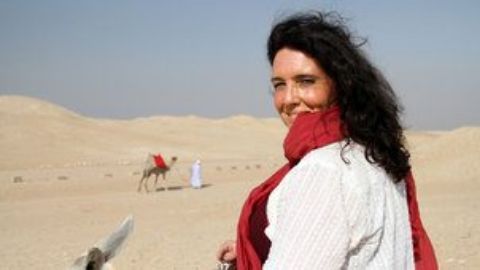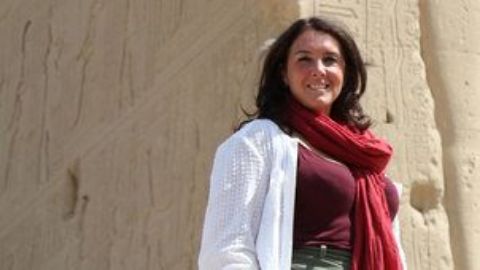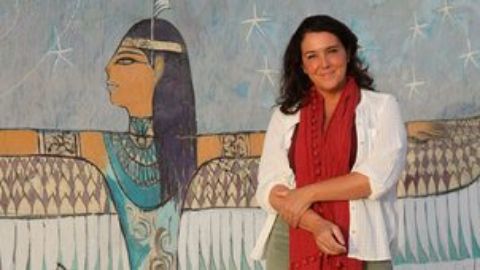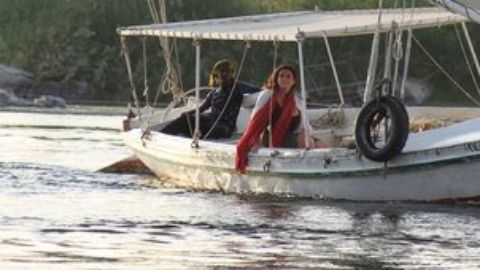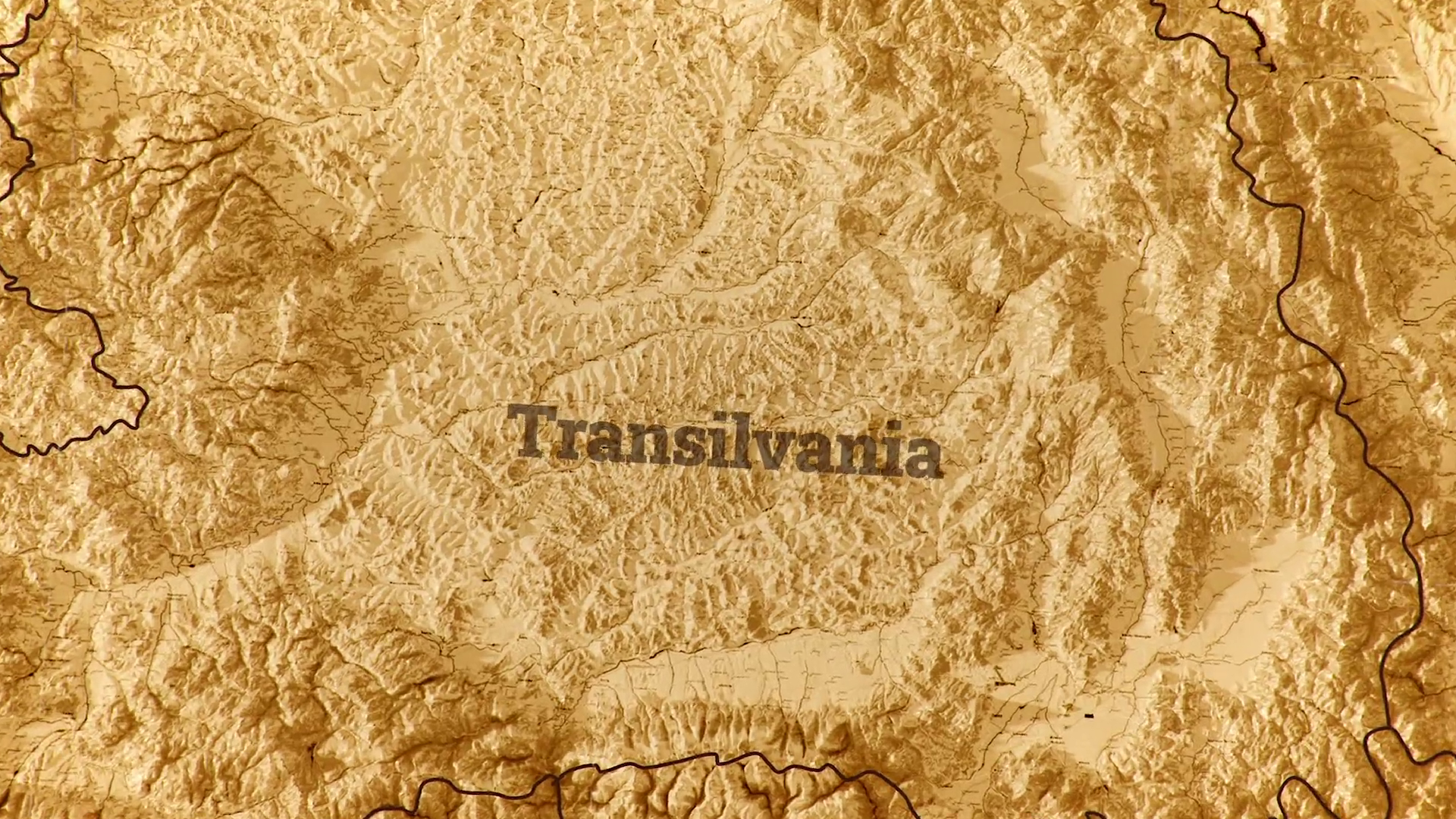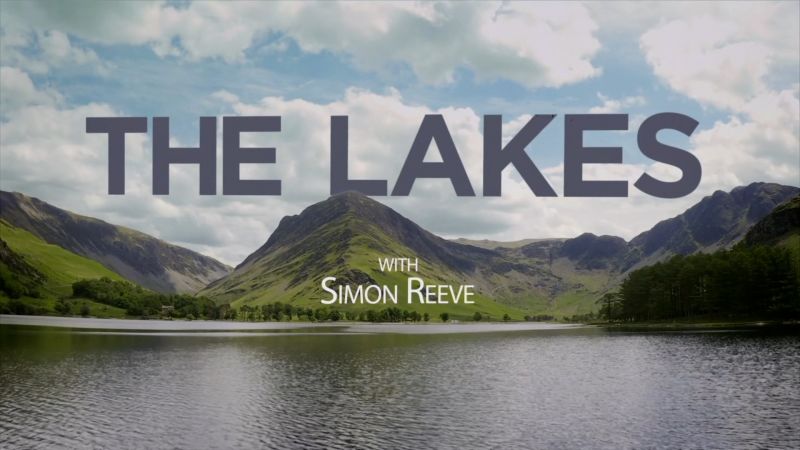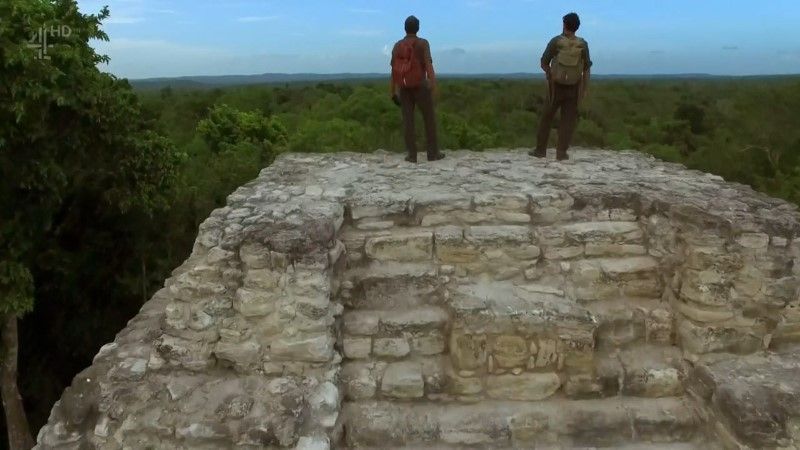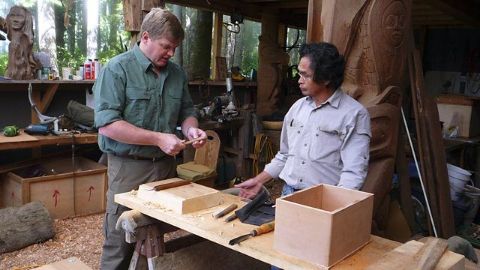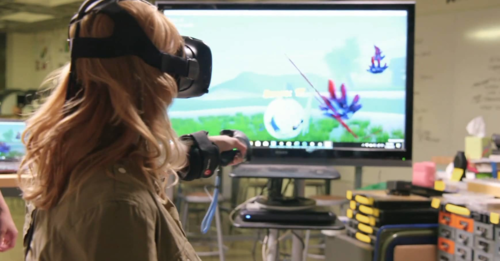Episode 1 • 2019 • episode "S1E1" • The Nile: Egypt's Great River with Bettany Hughes
On board a timeless dahabiya cruise boat, the historian sets off on a 900-mile adventure up the Nile to Egypt's southern border, seeing the country as the ancient Egyptians once did. She arrives at Egypt's gateway to the world - the Nile's mouth - then meets the crew that will guide her upstream. A visit to the Cairo Museum and its collection of Egyptian mummies follows, before Bettany braves the underground tunnels of a collapsed pyramid.
Make a donation
Buy a brother a hot coffee? Or a cold beer?
Hope you're finding these documentaries fascinating and eye-opening. It's just me, working hard behind the scenes to bring you this enriching content.
Running and maintaining a website like this takes time and resources. That's why I'm reaching out to you. If you appreciate what I do and would like to support my efforts, would you consider "buying me a coffee"?
Donation addresses
BTC: bc1q8ldskxh4x9qnddhcrgcun8rtvddeldm2a07r2v
ETH: 0x5CCAAA1afc5c5D814129d99277dDb5A979672116
With your donation through , you can show your appreciation and help me keep this project going. Every contribution, no matter how small, makes a significant impact. It goes directly towards covering server costs.
